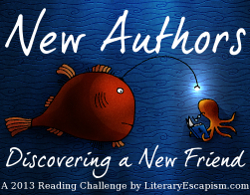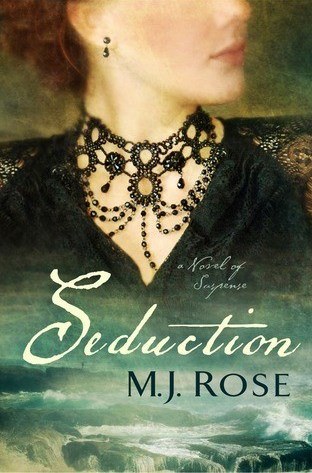Source: Sourcebooks Landmark
Paperback ARC: 432 pages
I am an Amazon Affiliate
Thinking of You by Jill Mansell is another romp in the English countryside. Ginny Holland has a problem when she’s in emotional turmoil — her mind wanders and the tasks at hand just disappear from her consciousness. Even when she’s worried about her daughter’s first year at college in Bristol and away from home, Ginny is still not immune to the charms of a hot-looking man in an antique shop. But while she’s browsing and happily daydreaming about the man in the shop, he catches her red-handed with a shoplifted item. Mansell has an uncanny way of bringing together the most divergent plots, weaving in secondary characters that are just as fun and hopeless as the main character. While her books generally have happy endings and wrap-up relationships pretty neatly, they still provide a few hours of escape that can lift any mood.
“‘Watching how it’s done?’ Evidently amused, Evie paused on her way to table six with two plates of mussels. ‘Can’t you just feel all those flirty female hormones in the air?’ With a wink, she added, ‘Good old Finn, he hasn’t lost his touch.’
‘I can see that.’ As Finn crossed the room in order to answer the ringing phone, every female eye followed him.
‘You’d better watch out. You could be next.’
Ginny grinned because the idea was so ludicrous. ‘I don’t think that’s going to happen. He’d be too worried I might nick his wallet.'” (page 119 ARC)
Beyond the fun, faulted characters, Mansell has a gift for humorous and witty dialogue that will leave readers in stitches. Ginny is a mother looking to hang onto her daughter Jem for as long as she can, but reality gets in the way when she advertises for a flatmate and ends up with a young woman who is unable to get over her ex-fiance and is utterly depressed. Mansell’s books aren’t just about the mistakes we make, but also the silver linings of those mistakes. Without advertising for the flatmate, Ginny never would have been forced by the incessant ex-fiance talk to go out and get a job and a social life.
Even though the main romantic relationship is not only predictable, but also a little less developed than some of the others, Mansell excels at creating other relationships that are dynamic and complicated. From Ginny’s relationship with the vivacious and slutty Carla to Ginny’s relationship with her grown daughter Jem, each of these relationships provide the characters with a foil and with a sounding board when they get into hot water.
Thinking of You by Jill Mansell is a soap opera on paper with characters in college and middle-age, each striving to find out where they want to go when they hit that inevitable fork in the road. While some choose the right path, others stumble onto the wrong one for awhile before falling through the bush onto the other side. But there are still some that blissfully walk the same path they always have.
About the Author:
Jill Mansell lives with her partner and children in Bristol, and writes full time. Actually that’s not true; she watches TV, eats fruit gums, admires the rugby players training in the sports field behind her house, and spends hours on the internet marvelling at how many other writers have blogs. Only when she’s completely run out of displacement activities does she write.
Other Mansell books reviewed:



 About the Author:
About the Author:



 About the Author:
About the Author:
 About the Author:
About the Author:
 About the Author:
About the Author: The Fact of the Matter by Sally Keith, published by Milkweed Editions on 100 percent post-consumer waste paper and who will be at the 2013 Gaithersburg Book Festival) allows nature to run rampant through the poems, lifting up the reader and at the same time opening the door to reality. While we strive to compartmentalize our lives to the before, during, and after of pivotal moments, the reality is that these moments are not separate and cannot be separated. This analytical approach to our very journeys runs contrary to the emotional and experiential ways in which we live. The struggle between the logical part of the brain and the emotional part can be seen in every poem, but it is particularly pronounced in the poems “Providence,” “Knot,” and “Crane.”
The Fact of the Matter by Sally Keith, published by Milkweed Editions on 100 percent post-consumer waste paper and who will be at the 2013 Gaithersburg Book Festival) allows nature to run rampant through the poems, lifting up the reader and at the same time opening the door to reality. While we strive to compartmentalize our lives to the before, during, and after of pivotal moments, the reality is that these moments are not separate and cannot be separated. This analytical approach to our very journeys runs contrary to the emotional and experiential ways in which we live. The struggle between the logical part of the brain and the emotional part can be seen in every poem, but it is particularly pronounced in the poems “Providence,” “Knot,” and “Crane.” About the Poet:
About the Poet: About the Poet:
About the Poet:
 About the Poet/Author:
About the Poet/Author:




